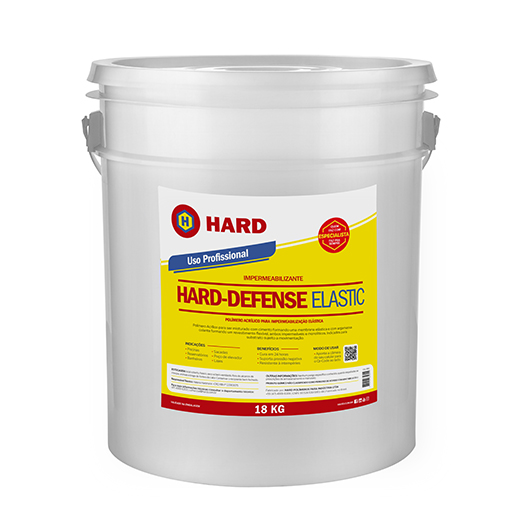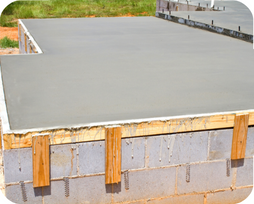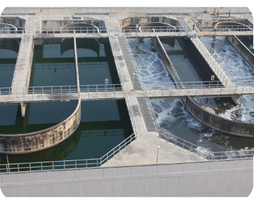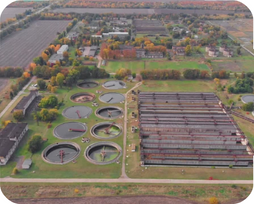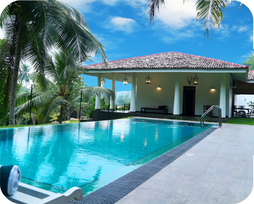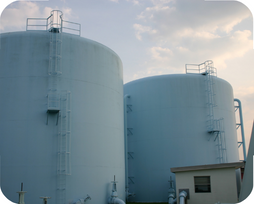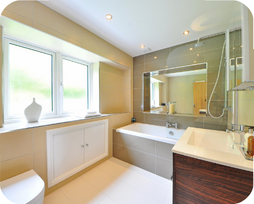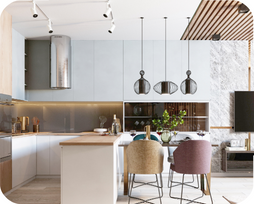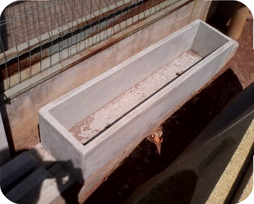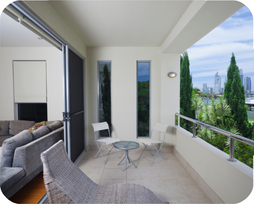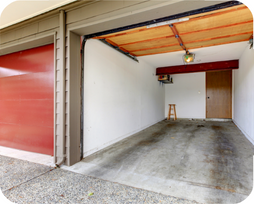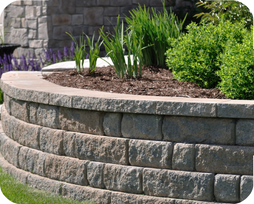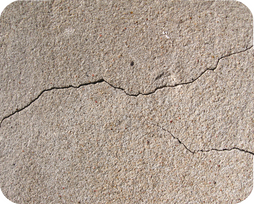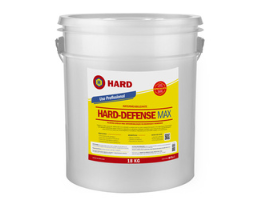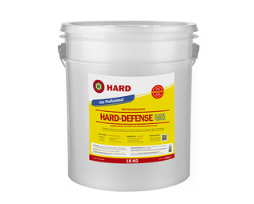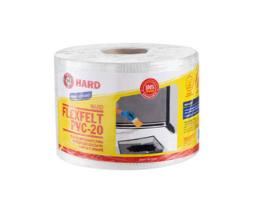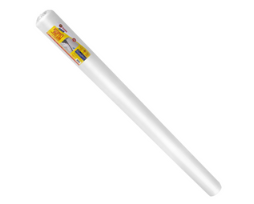Check the surface where the product will be applied
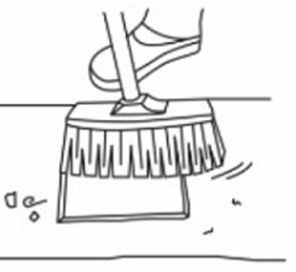
Cleaning: The surface that will receive the Membrane should be free from grease, oil, and be dry, clean and leveled with mortar of good resistance.
IMPORTANT: Check the substrate conditions, and in the case it is releasing particles and with low adhesion, the PRIME COAT should be performed, according to the instructions below.

Primer preparation: Mix it at a ratio of 1:1:1 (1 part of Hard Defense Elastic + 1 part of cement + 1 part of water).

Apply the primer: Mix this ration and apply in one layer on the surface with painting roll or broad brush. Do not let the solution to pool in the substrate, application can be made with broad brush, roller, or brush.
MEMBRANE APPLICATION
Ratio Preparation 1:1

Membrane Ratio: The ratio to apply the membrane should be 1:1, that is, 1 (one) part of Hard Defense Elastic and 1 (one) part of cement without lumps (screened).
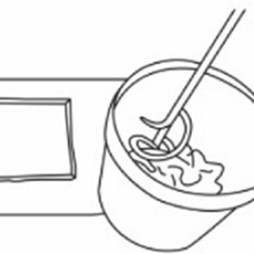
Mixture: Put the ratio of products to be prepared in a clean container, mix it mechanically 3 to 5 minutes until a homogeneous mix without lumps is obtained.
Application WITHOUT STRUCTURING SCREEN (3 Coats)

STEP 1: Apply it with a brush or a broad brush beginning by the strainers and baseboards (without structuring screen);

On baseboards, application should be at least 10 cm on the floor and 10 cm on the wall;
On strainers, cover 40 cm x 40 cm and 5 cm in the PVC pipe inner part.

STEP 2: Apply in a way to paint the entire floor and wall area with the brush, wool roller with height of 19 mm or broad brush, (without structuring screen).

STEP 3: Apply the 3rd coat; Important: always dampen the brush, broad brush, or roller with the mixture, in order to assure a good coating in each coat. Apply crossed coat. The Hard Defense Elastic consumption for this application will be 0.75 kg/liter/m², the membrane final thickness should be 1.0 mm.
Application WITH STRUCTURING SCREEN – (4 Coats)

STEP 1: Apply it with a brush or a broad brush beginning by the strainers and baseboards (without structuring screen);

On baseboards, application should be at least 10 cm on the floor and 10 cm on the wall; On strainers, cover 40 cm x 40 cm and 5 cm in the PVC pipe inner part. (Without structuring screen).

STEP 2: Apply in a way to paint the entire floor and wall area with the brush, wool roller with height of 19 mm or broad brush, (without structuring screen).
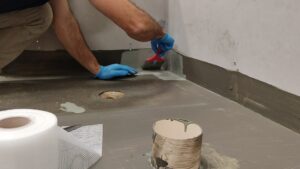
STEP 3: Apply the second coat with the screen Hard Flexfelt PVC20 on the baseboards (10 cm on the floor and 10 cm on the wall); on the corners, cut the screen diagonally and perform the flaps overlapping.

In strainers, apply the Screen Hard Flexfelt PVC20, in the PVC pipe, make a cross-shaped cut with 8 flaps in the HARD FLEXFELT PVC20, fold the flaps inside the pipe and apply the 2nd coat;
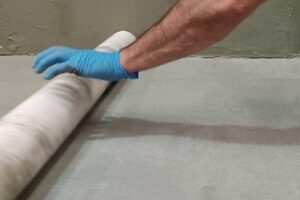
Apply the Screen Hard Flexfelt PVC146, take care so that the screen is perfectly stretched when placed on the substrate, preventing it to be wrinkled. The screens overlapping should be of 10 cm.

STEP 4: Apply the 3rd and 4th coat. The time between coats is the touch dry. Important: always dampen the brush, broad brush, or roller with the mixture, in order to assure a good coating in each coat.
